1. Volkswagen Thing (Type 181) (1968-1983)
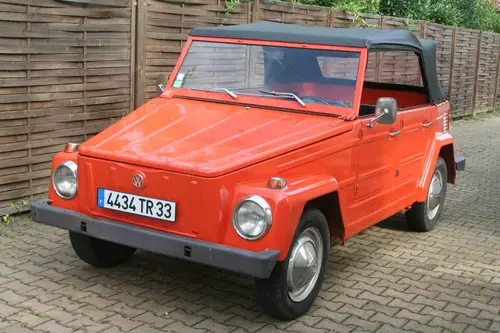
The Thing’s boxy, military-inspired design baffled American buyers at first. It looked more utilitarian than fun, and some thought it was awkward for everyday driving. Practicality was a plus, but the odd appearance turned people off. Sales were lukewarm in most U.S. markets.
Today, the Thing is adored by collectors for its quirky personality and open-air charm. It’s rare to find one in good shape, which boosts its value. Its unique design makes it a standout at car shows and among enthusiasts. The same looks that turned heads negatively now make it a beloved classic.
2. Ford Mustang II (1974-1978)
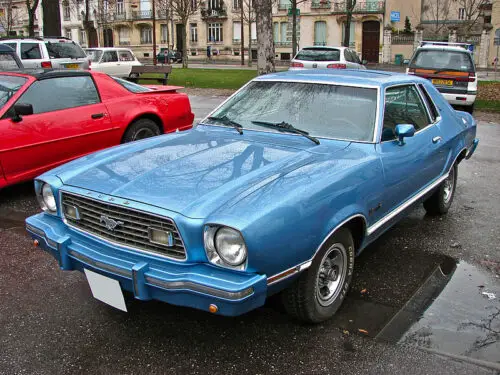
The Mustang II came out during the gas crisis, and it was smaller and less powerful than the original Mustang, which upset die-hard fans. Critics called it a “watered-down” version of the classic pony car and sales initially suffered. Some car enthusiasts hated its compact size and underwhelming V6 engine options. Even the styling, which borrowed cues from the original Mustang, was seen as bland by purists.
Fast forward, and certain rare Mustang II models are now collectible, especially the Cobra II packages. Enthusiasts appreciate its lightweight body and surprisingly nimble handling. Plus, finding one in good condition today is like finding a hidden gem. The combination of nostalgia and rarity has pushed prices higher than anyone expected in the 1970s.
3. Dodge Challenger First Generation (1970-1974)
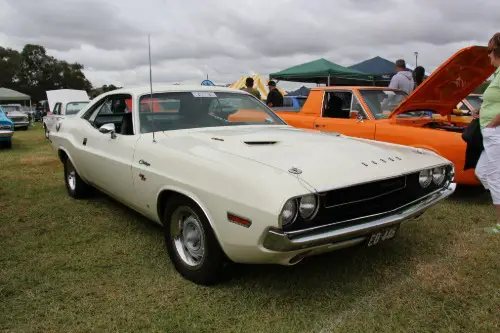
When the first Dodge Challenger arrived, people criticized it for being too similar to the Plymouth Barracuda, despite its more luxurious options. Some thought it was overpriced compared to other muscle cars of the era. The larger body and heavy weight also hurt its performance credibility with serious enthusiasts. Dodge faced mixed reactions at launch, and sales were decent but not spectacular.
Now, original Challengers, especially R/T models with big-block engines, sell for enormous sums. Collectors love the blend of performance and comfort, plus the aggressive styling that’s aged beautifully. Low-mileage examples are particularly rare. The nostalgia for classic muscle cars has made these Challengers a hot commodity.
4. AMC Gremlin (1970-1978)
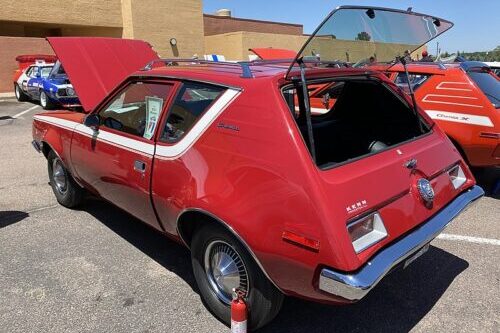
The Gremlin was AMC’s attempt at a subcompact car, and Americans were not impressed at first. Critics mocked its stubby shape and unconventional styling. Drivers complained about the interior space being cramped and the handling quirky. It simply didn’t fit the image of a “cool” American car in the 1970s.
Today, the Gremlin has a cult following because it’s weird, rare, and unapologetically unique. Collectors love its retro charm and the fact that few survived in good condition. Some rare V8 models now command impressive sums. Its unusual design, once ridiculed, is now a badge of character and originality.
5. Pontiac Aztek (2001-2005)
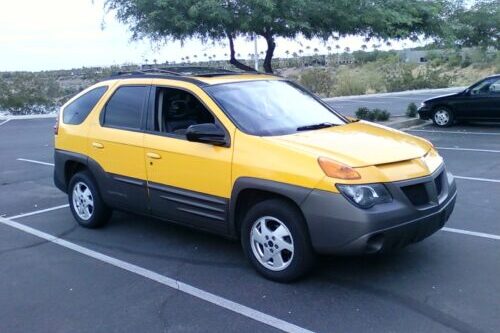
When the Aztek hit the market, it was widely criticized for its polarizing styling, which many called awkward or even ugly. The SUV’s unusual angles and busy lines were hard for buyers to digest. Despite offering practicality and decent performance, the styling overshadowed the benefits. Initial sales were disappointing, and it became the butt of many jokes.
Today, however, certain well-kept Azteks have become collectible in a strange sort of way. People love the quirky, early-2000s aesthetic as a retro icon. Its rarity now makes it appealing to enthusiasts who want something different. Surprisingly, the same design that hurt it in the early 2000s has fueled its cult status today.
6. Chevrolet Camaro First Generation (1967-1969)
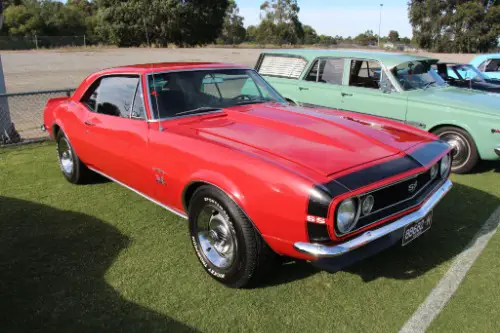
The first-gen Camaro was a latecomer to the pony car craze, so some people felt it was “copying” the Mustang. Critics initially thought it lacked originality, even though it offered more engine options and trim flexibility. Early buyers were split on whether it could compete with the Mustang’s reputation. Its styling, especially with higher trims, was bold but not universally loved at the time.
Now, first-gen Camaros are highly sought after, particularly the SS and Z/28 trims. Collectors adore the combination of performance and classic muscle car aesthetics. Rare options like the COPO engines push values even higher. Today, a clean, original Camaro can sell for five-figure sums with ease.
7. Buick Reatta (1988-1991)
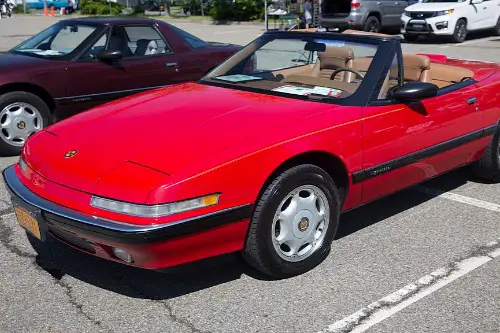
The Reatta was Buick’s sleek, low-production two-seater, but many consumers were hesitant to adopt it. People weren’t sure what to make of a luxury sports car from a brand known for comfortable sedans. Early reviewers criticized its price point and limited practicality. Despite its modern tech, including touchscreen features, the car failed to capture mass appeal.
Collectors today prize the Reatta for its rarity and unique position in Buick history. Its futuristic ’80s design has aged well, and well-maintained examples are scarce. Enthusiasts love it as a “hidden gem” of late-20th-century automotive design. Values have climbed steadily because it’s a car most people overlooked when new.
8. Toyota MR2 First Generation (1984-1989)
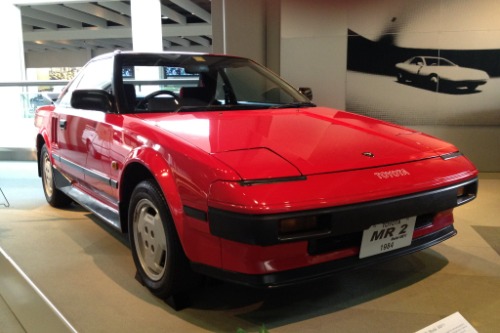
The MR2 was a mid-engine sports car that seemed odd to Americans used to front-engine cars. People doubted its handling and durability compared to European competitors. Its quirky styling, pop-up headlights, and compact size made it stand out—but not always positively. Sales were modest, with buyers hesitant to embrace a small, Japanese sports car.
Today, the MR2 is celebrated for its balance, lightweight design, and fun-to-drive personality. First-gen examples are especially prized for their purity and simplicity. Collectors enjoy the nostalgia of the 1980s Japanese sports car boom. Prices for clean models have climbed steadily in recent years, making it a smart classic investment.
9. Ford Edsel (1958-1960)
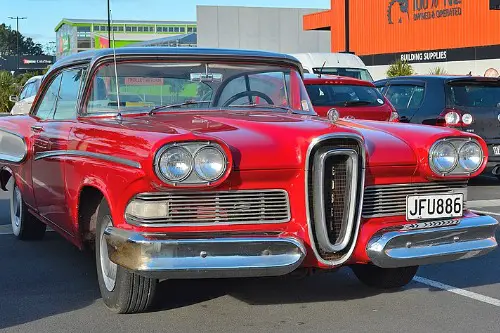
The Edsel is infamous as one of the biggest flops in American automotive history. Buyers hated its design, calling it awkward and overcomplicated. Marketing overhype didn’t help, and production problems tainted its reputation. Dealers struggled to sell them, and the car quickly became a punchline.
Ironically, the Edsel is now a prized collector’s item. Certain rare models, especially convertibles, can fetch six figures at auctions. Enthusiasts love owning a piece of automotive history that once symbolized failure. Its unique styling and story make it a conversation starter in any classic car circle.
10. Lincoln Continental Mark IV (1972-1976)
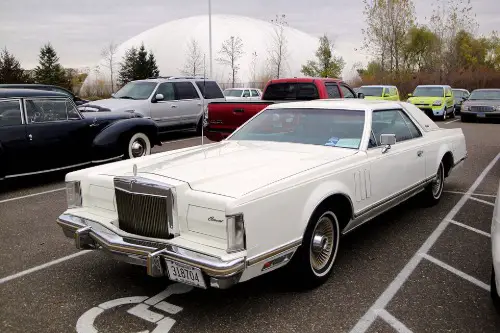
The Mark IV was criticized for being huge, heavy, and fuel-inefficient during a time when gas prices were rising. Critics argued it was ostentatious and impractical for the average American driver. Its sharp angles and massive grille didn’t win over everyone either. Despite luxury features, it was considered excessive and polarizing.
Today, the Mark IV is admired for its bold styling and classic American luxury. Well-preserved examples are rare, and collectors value the chrome, leather, and iconic hidden headlights. Its massive presence on the road has become a symbol of 1970s extravagance. Nostalgia for American luxury cars has turned it into a sought-after classic.
11. Chevrolet Corvette C3 (1968-1982)

When it debuted, the C3 Corvette received mixed reviews thanks to its over-the-top styling and the “shark” nose that seemed to polarize drivers. Critics thought it was too flashy, and sales initially lagged behind expectations. People complained about the ride being too stiff and the handling awkward compared to European sports cars. It didn’t help that insurance premiums for sports cars were sky-high in the late ’60s and ’70s.
Today, early C3s can fetch tens of thousands of dollars, especially well-preserved or rare models. Collectors now love its swooping curves, T-top options, and the raw V8 sound. The car has become an iconic symbol of American muscle mixed with style. Its scarcity and nostalgia factor make it a serious investment for classic car enthusiasts.
12. Cadillac Cimarron (1982-1988)
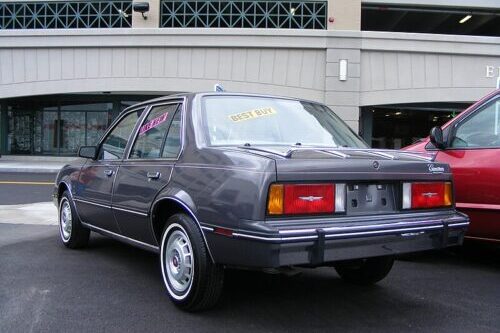
The Cimarron was intended to compete with European luxury compacts but ended up being criticized for being underpowered and overpriced. Buyers didn’t think it lived up to Cadillac’s luxury reputation. The styling and performance were considered too mild to justify the badge. Initial reactions were largely negative, making it one of Cadillac’s low points.
Despite its poor reputation, well-maintained Cimarrons have a niche collector following today. It represents a unique, if flawed, chapter in Cadillac history. Early adopters appreciate its rarity and 1980s luxury charm. Restored models now command prices that surprise many who remember its original flop.
13. Jeep Cherokee XJ (1984-2001)

When the Cherokee XJ launched, some Americans were skeptical of its boxy, unrefined design. Critics worried it lacked the comfort of full-size SUVs and didn’t quite fit the traditional Jeep image. Its bold styling and utilitarian roots turned some buyers away. Early sales were cautious, especially from those expecting more conventional SUVs.
Now, the XJ is legendary for its off-road capability and reliability. Its rugged design has aged gracefully, and enthusiasts prize clean examples. Modified versions fetch premium prices, especially among off-road collectors. Nostalgia and versatility make it a modern classic with a passionate following.
14. Nissan 300ZX Z32 (1990-2000)
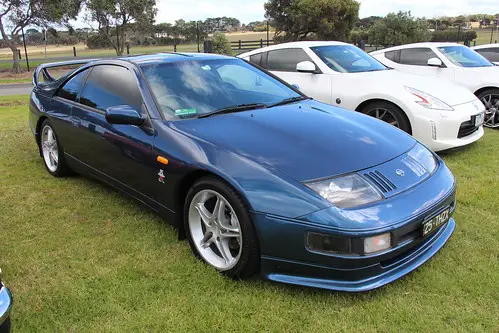
The 300ZX Z32 was initially polarizing because of its high price and futuristic design. People were hesitant to embrace a Japanese sports car that competed with European icons. Some criticized the digital-heavy interior and heavy weight. While powerful, it didn’t immediately win over traditional sports car buyers in America.
Today, the 300ZX Z32 is celebrated as a Japanese sports car classic. Turbo models, in particular, have skyrocketed in value. Enthusiasts love its sleek design, advanced engineering, and strong aftermarket support. What was once viewed as “too weird” is now considered one of the best examples of 1990s performance cars.
This post 14 Classic Cars Americans Hated at First but Now Pay Thousands to Own was first published on American Charm.


